
“In short, Monroe County Community College is your college, Mr. and Mrs. Citizen. You created it, you support it, you use it. That’s why we’re here, and that’s why we operate with you in mind.”
- Dr. Ronald Campbell | MCCC’s First President
Monroe County Community College is a public, two-year institution supported by tax monies from Monroe County, educational funds from the state of Michigan and student tuition. The Monroe County Community College District was formed on June 29, 1964, by the electors of Monroe County. On July 3, 1964, 根据1955年《十大外围app》第188条的规定,该学区被赋予了作为社区学院的法定权力. 210英亩的主校区位于门罗县中心,方便前往底特律和托莱多. 位于密歇根州和俄亥俄州边界附近的贝德福德镇的惠特曼中心提供广泛的课程选择.
Looking Back
In 1964, 十大外围app给门罗县带来了以前不存在的东西——获得大学教育的机会 locally.
Since then, nearly everything has changed – the things that concern us, what we talk about, our lifestyles, styles in general, what makes headlines, what doesn’t. 我们在时间中的位置移动得如此之快,以至于我们常常没有停下来思考我们已经走了多远,我们要去哪里. 回顾我们迄今为止的历程——经历了所有的变化——十大外围app一直保持着社区的不变, 与时俱进,以适应不断变化的需求,并继续保持卓越的服务记录.
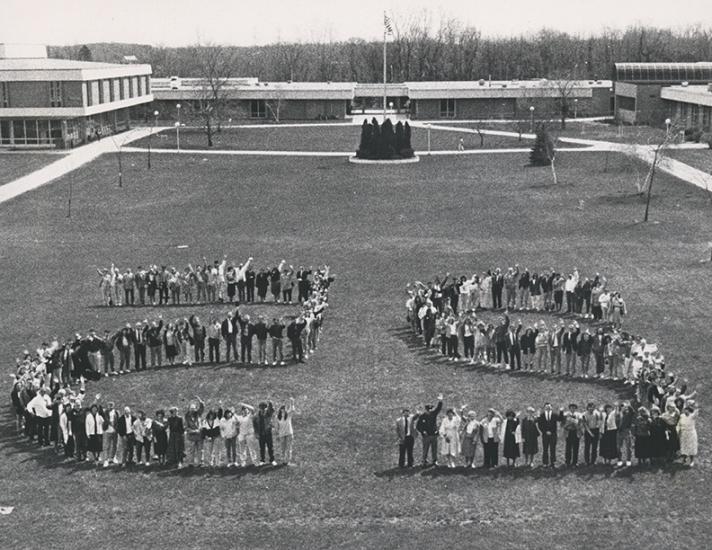
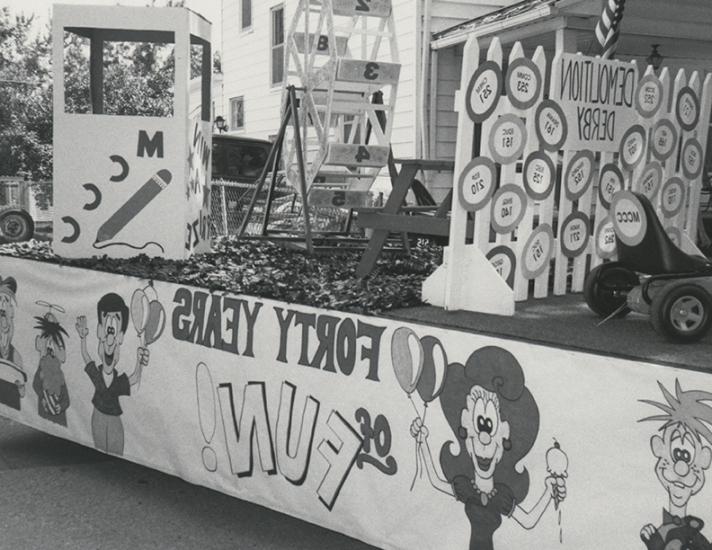
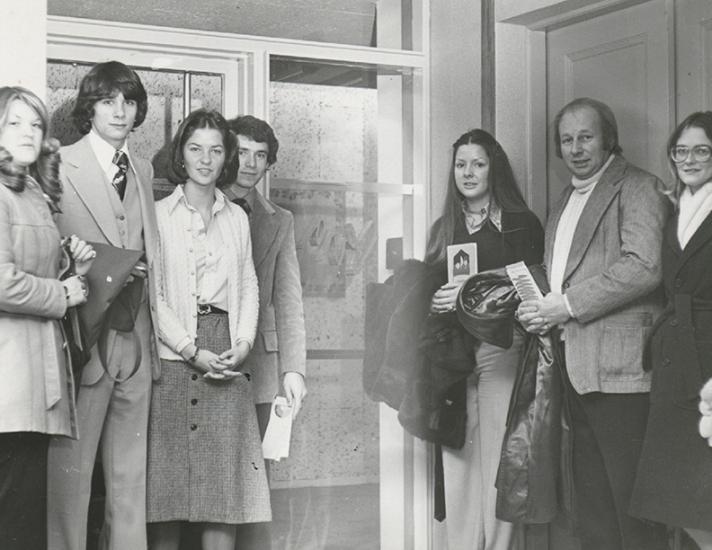
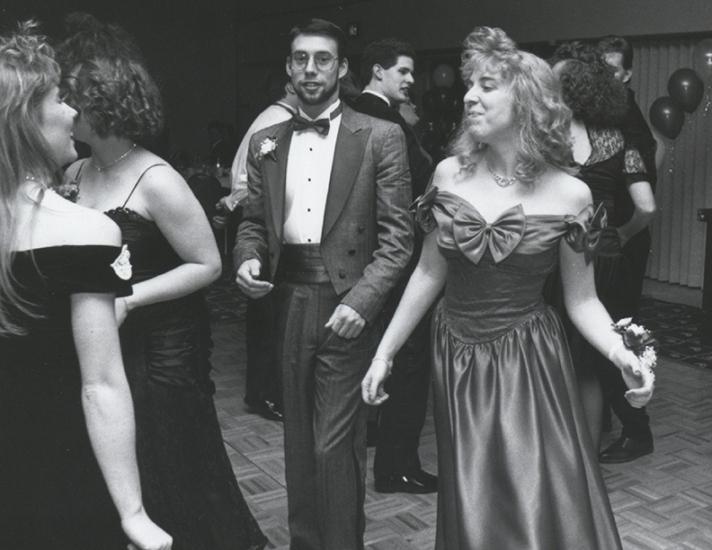
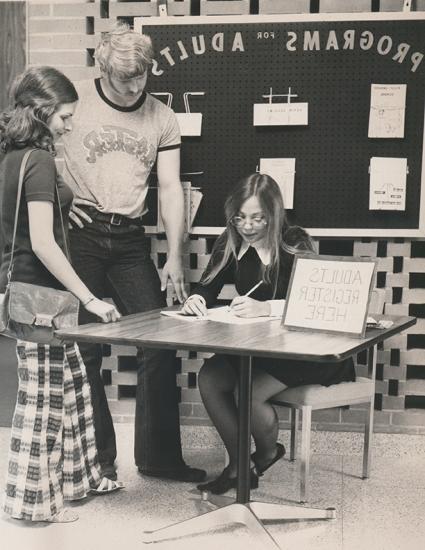
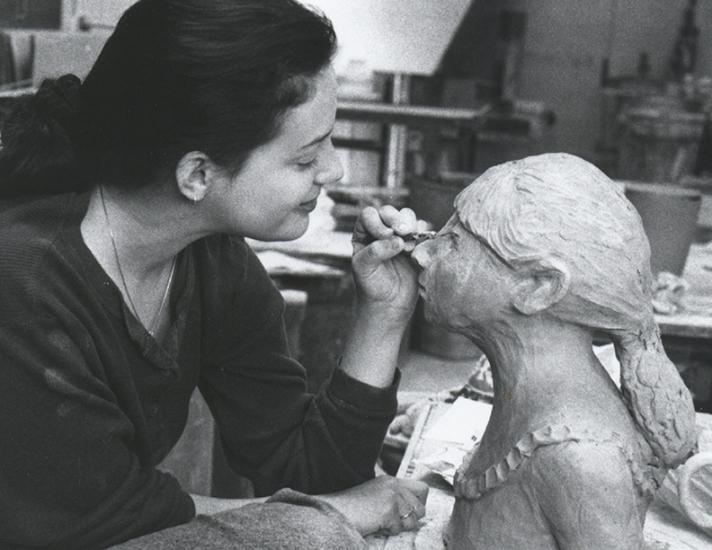
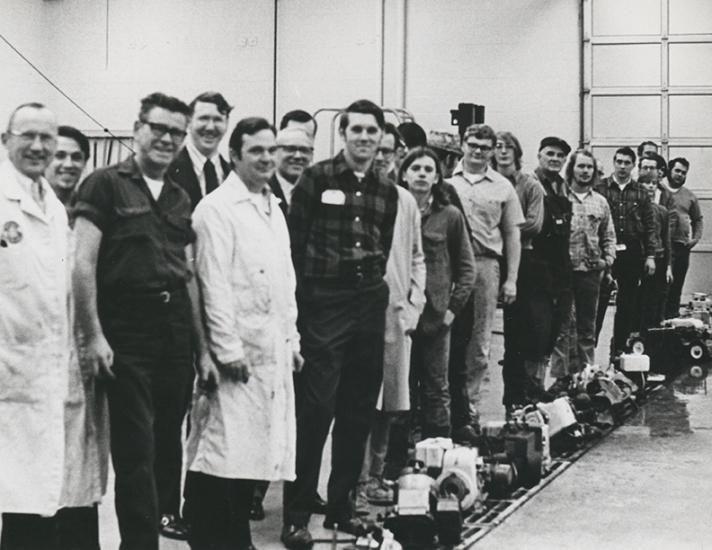
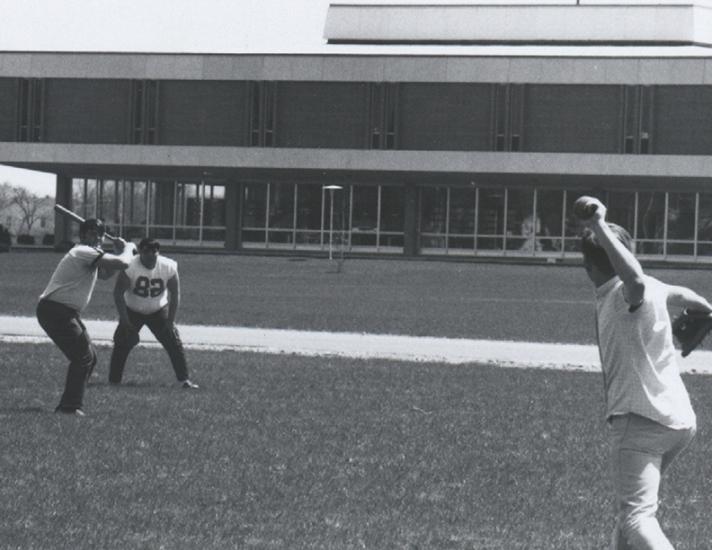
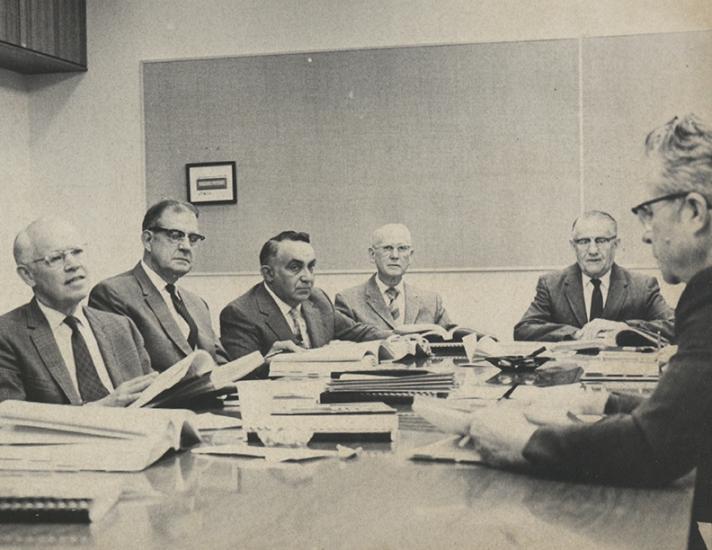
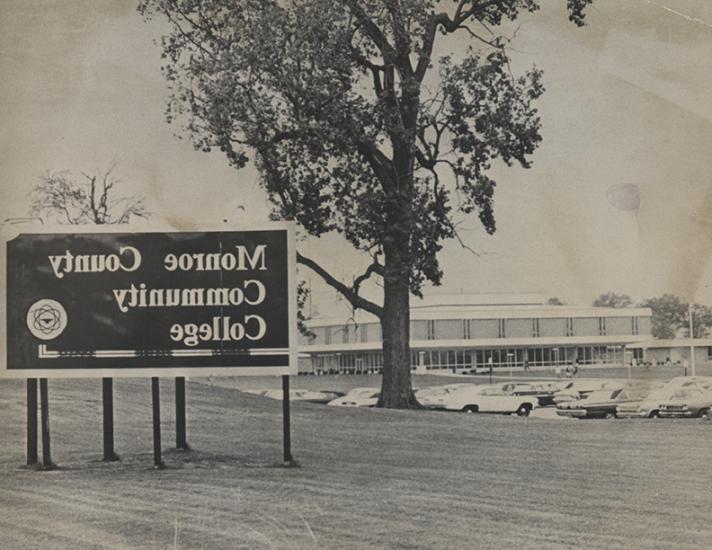
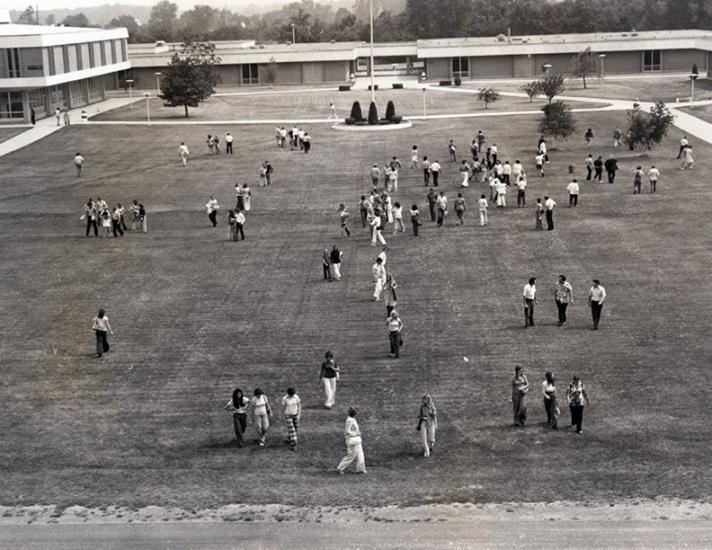
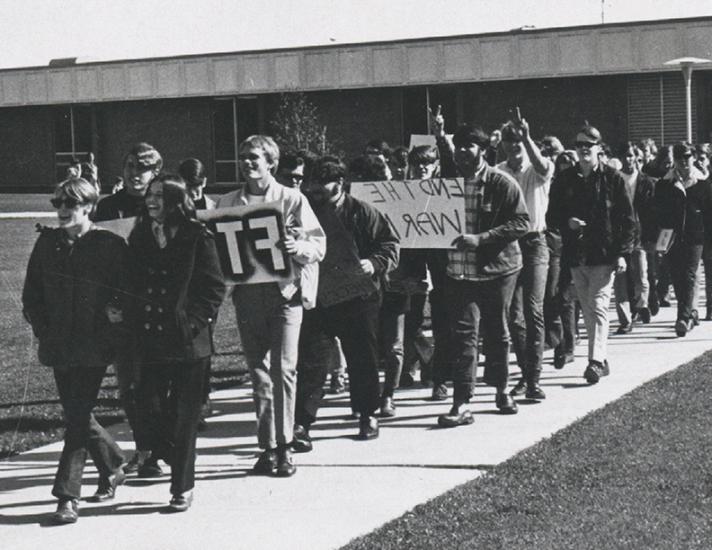
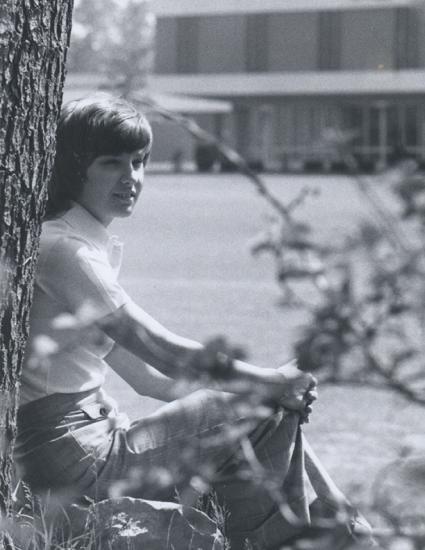
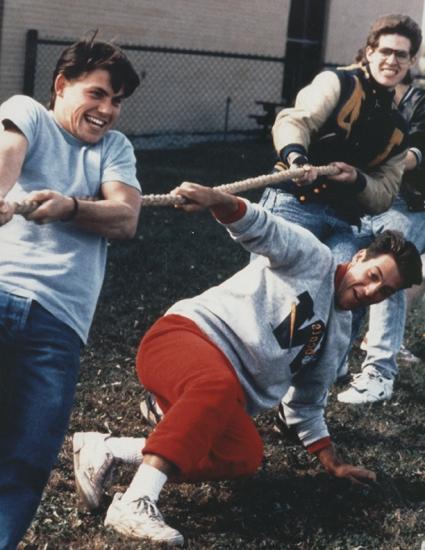
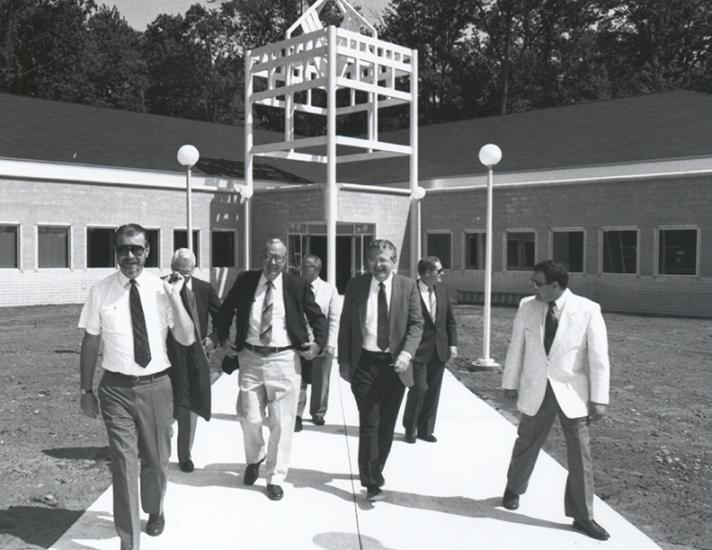
Monroe County Community College was officially created on June 29, 1964年,门罗县的公民以接近2比1的票数投票决定建立一个社区大学区. Dr. MCCC的第一任校长罗纳德·坎贝尔(Ronald Campbell)肩负着从零开始创建一所社区学院的重任. The seeds that grew to become MCCC were planted long before any votes were tallied, 培养和培育这一机构的艰苦工作在很久之后一直持续到今天.
1972年获得中北部大学和中学协会的认证. Throughout the 1970s and into the 1980s, curricula were developed for many new academic programs, including environmental technology, nursing, labor studies, automotive service, materials management, respiratory therapy, radiologic technology, computer operations, welding technology, culinary skills and management, word processing, child care technology and social work. Athletics at the college flourished with notable performances by players and coaches. From its beginning in 1966, the MCCC Huskies’ athletic program was highly successful, but budgetary and facility limitations shelved it in 1980.
Operating funds proved to be a concern for the district, and after one year of operation at the new campus, the ability to maintain fiscal solvency and to operate a first-class college was in question. In 1980, the Board of Trustees decided to try for a 13th time to ask voters for a millage increase. This time the college’s request passed, and since that pivotal day on August 5, 1980, the college has enjoyed financial stability.
On January 1, 1986, the college’s second president, Gerald D. Welch took office. In his first year as president, Welch appointed a committee of faculty members and administrators to develop a new governing system, 结果是一个由一系列常设委员会组成的共享管理系统,教职员工可以参与其中. In 1988, a major construction and renovation project began on Main Campus. 学生服务/行政大楼南端的建设项目增加了企业和社区服务办公室, a Financial Aid Office, a conference center, art classroom, faculty offices, staff lounge, student commons, culinary skills lecture/demonstration lab and an instructional dining room. Further renovations included a materials-testing lab, grinding booths, and robotics and support equipment lab in the East Technology Building. An electronics lab/classroom, circuit construction room, printed circuit-board construction room, and microcomputer and motor-control lab were added to the West Technology Building. These construction and renovation projects were completed in 1990.
Also in 1990, the Board approved the construction of a college facility in the south county area. Responding to the college’s need, Paul Whitman, a south county entrepreneur, donated 10 acres of land located on Lewis Avenue in Temperance. Opened to students in September 1991, the Whitman Center houses 10 classrooms, including the Business Learning Lab, a computer classroom, a multipurpose lab, a student lounge and administrative offices. That same year, MCCC与锡耶纳高地大学达成协议,在Raisinville校区提供整个学士学位课程, 允许学生在不离开mcc校园的情况下获得各种领域的学士学位.
Faced with increasing drainage problems, 1990年秋天,学院开始与景观设计师合作,对主校区进行地形改造. Work began in May 1991 on this makeover, including constructing an 80-car parking lot south of the technology buildings, expanding the drainage system, excavating a retention pond, and re-contouring land in the central campus area into a picturesque central mall. The project was completed in August 1991.
In 1997, MCCC’s Health Education Building opened. The 50,700-square-foot facility includes a multi-purpose room, a dance-aerobics room, a fitness center, nursing and respiratory therapy labs, classrooms, a CPR lab, a child care center and faculty offices. Also in 1997, the Board of Trustees established The Foundation at Monroe County Community College. By authorizing the legal establishment of The Foundation, the Board vested it with the power and means to raise funds.
In 1999, the College received a $1 million dollar donation from Shirley A. Meyer to establish the Richard M. and Shirley A. Meyer Endowment for the Arts. 这笔资金将用于建设一个表演艺术中心,并加强学院的文化艺术项目.
On May 20, 2000, the College’s third president, Audrey M. Warrick, took office. A complete redesign of MCCC’s library took place during the 1999-2000 academic year. During the 2000-2001 academic year, more major renovation projects were completed, such as renovations to the Cellar (student lounge), installation of a new campus-wide emergency alarm system, and completion of renovations to the library, 焊接实验室(通风)和汽车实验室成为新的区域计算机技术中心.
In June 2002, construction began on the Instructional Center for Business Training and the Performing Arts. The 53,000平方英尺的设施设计用于多功能和连续使用,以满足商业和工业的新兴需求, the community and the local economy. In addition, 中冶集团启动了第一阶段的科学实验室改造-生命科学大楼的两个化学实验室.
On August 1, 2003, the College’s fourth president, Dr. David E. Nixon, took office. In July 2004, 为商业培训和表演艺术教学中心的建设捐款200万美元, the Board of Trustees officially named it the La-Z-Boy Center. 这个慷慨的礼物来自La-Z-Boy基金会和La-Z-Boy家族,完成了基金会在十大外围app的资本运动 Realizing the Vision. In total, the campaign to help fund the La-Z-Boy Center raised nearly $4.4 million, surpassing its original goal of $3 million by more than 45 percent. In addition to the funds raised by the capital campaign, the college pledged $3 million from its general fund, and $6 million was provided by the State of Michigan to fully fund this $12 million facility.
The La-Z-Boy Center and Meyer Theater officially opened on October 5, 2004. The centerpiece of the structure is a 550-seat performance space (the Richard M. and Shirley A. Meyer Theater). The facility includes corporate training facilities, a music rehearsal room, a scene shop, the Board Room and a large atrium.
In the fall of 2003, renovations to two chemistry labs were completed, and Phase II of the science lab renovations (two biology labs), which began in May 2004, was completed. 物理和物理科学教室和实验室(第三期)于2005年夏天进行了翻新. This included the anatomy and physiology labs, the physical and geosciences labs, and the physics lab. Phase IV of the science lab renovations took place in the summer of 2006, with work being done on two general-purpose labs. In April 2011, 官方剪彩仪式,标志着一个主要的底特律爱迪生太阳能阵列在中冶集团主校区完成. Construction was completed on the Career Technology Center in fall 2013. The $17 million, $60,000平方英尺的设施提供必要的基础设施,提供必要的指导和技能,以确保高增长, high-demand and high-paying jobs in the area of applied science and engineering technology. The state of Michigan financed half of the cost of construction of the CTC, 学院通过现有资金和一项名为“实现愿景:为未来的劳动力提供动力”的资本活动资助了另一半资金,以支持该设施. 主要捐赠包括DTE能源基金会捐赠的100万美元(该基金会也将用于促进学院的多样性)和500美元,000 donation from the La-Z-Boy Foundation.
Preparing for the Future
Nearly 20,000 students have graduated from Monroe County Community College since that monumental day in 1964, 在不断变化的世界中,该机构不断发展,以最好地服务于门罗县的高等教育需求.
On August 1, 2013 Dr. Kojo Quartey became the fifth president in the history of MCCC. Quartey坚定不移地致力于促进教育的力量,特别是社区大学教育. Quartey通过与尽可能多的教职员工和社区居民单独会面,并在当地学校无数次露面,沉浸在MCCC和社区的文化中, civic clubs, non-profit organizations, small businesses and corporations. Under his leadership, 学院启动了两项广泛的全校范围的规划举措——2014-17年战略计划和学院有史以来第一个招生管理计划.
In 2016, Monroe County voters approved an additional .85 mill property tax levy for MCCC for a period of 5 years. 5年维护和改善计划产生的资金将用于关键的维护和翻新项目,以保护社区50多年来对学院建筑和基础设施的投资. Included are projects to enhance and improve safety and security, bring facilities up to standards for people with disabilities, update technology network infrastructure, renovate specific areas to maintain and improve the academic environment, and ensure and maintain the overall quality of campus-wide facilities.
In 2020, 学院启动了一项新的战略计划,规划了学院到2025年及以后的发展方向. As part of this process, MCCC updated its mission, vison and core values.
十大外围app致力于这样一种理念:我们国家最宝贵的资源在于其公民的多种多样的能力. It looks to the future as a time of promise – new hopes, new goals and new ways to help the community we serve.